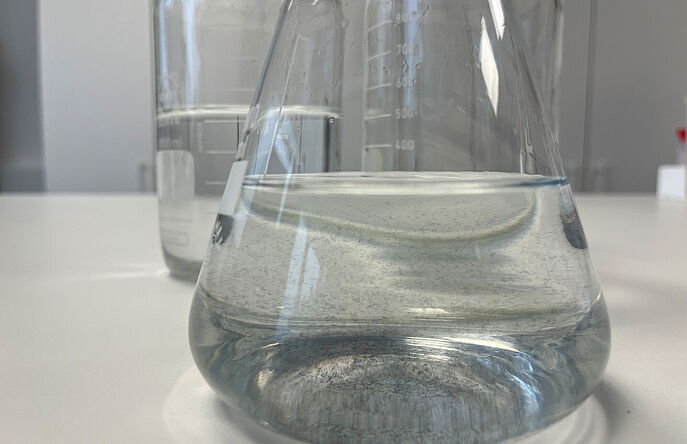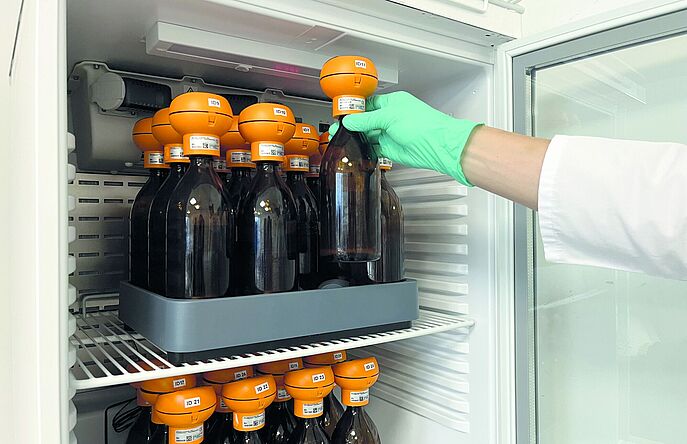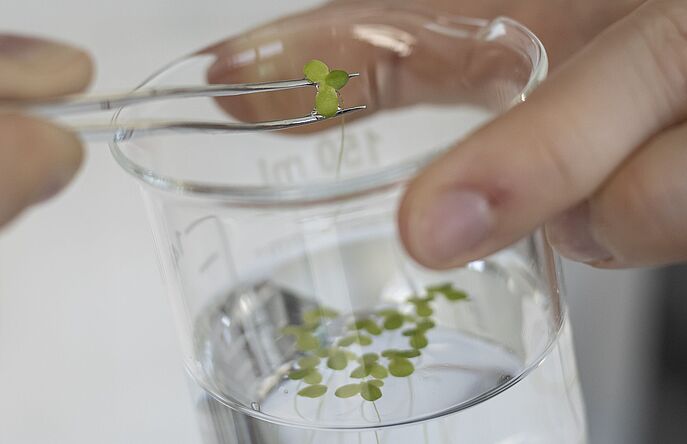BOENNIGHEIM, Germany (February 21, 2023) – Testing service provider Hohenstein has worked with project partners (Trigema, Freudenberg Performance Materials APPAREL, DBL ITEX and Paradies) to create a new standardized test method for detecting and classifying the environmental effects of textiles during washing. DIN SPEC 4872 combines analysis of fiber release, biodegradability and ecotoxicity.
The test method according to DIN SPEC 4872 shows how many fibers are released during textile laundering, how well these fibers degrade in wastewater and how harmful the fiber residues are to the environment.
Studies have shown that washing textiles releases microfibers into the wash water, which cannot be sufficiently retained by wastewater treatment plants. Synthetic fibers pose the greatest risk to the environment because of their longevity and inability to biodegrade. However, Hohenstein project manager Juliane Alberts does not give the all-clear for biodegradable fibers and natural fibers: "Biodegradability alone does not mean that pure natural fibers, for example, are completely harmless to the environment. They, too, remain in ecosystems until they completely degrade and can also have a negative impact. In addition, additives, auxiliaries or finishes used in textile production can further slow the degradation process and leach into the environment."
The new standard enables textile producers and suppliers to test, evaluate and compare products for fiber release during washing and environmental impact. Juliane Alberts sees this systematic evaluation as an opportunity for the textile industry to take the initiative on environmental impact: "Our reliable data can be used as a basis for more targeted product development. This is a way to actively and consciously control further environmental pollution."
Detailed information is available at Hohenstein.US/microfibers
###
With more than 40 offices and laboratories, Hohenstein is an international partner for independent testing, certification and applied research around the human-textile-environment interaction. They develop science-based methods and standards that consider the user in real life, not just in the lab. Through standard or customized testing, and interpretation of the results, Hohenstein experts solve problems, verify claims and help partners bring better, safer products to market – more sustainably. Hohenstein is a founding member and leading provider of the OEKO-TEX® portfolio of services, and is certified by the U.S. Consumer Products Safety Commission as a third-party, independent laboratory for CPSIA compliance verification. Hohenstein.US
Press Images


